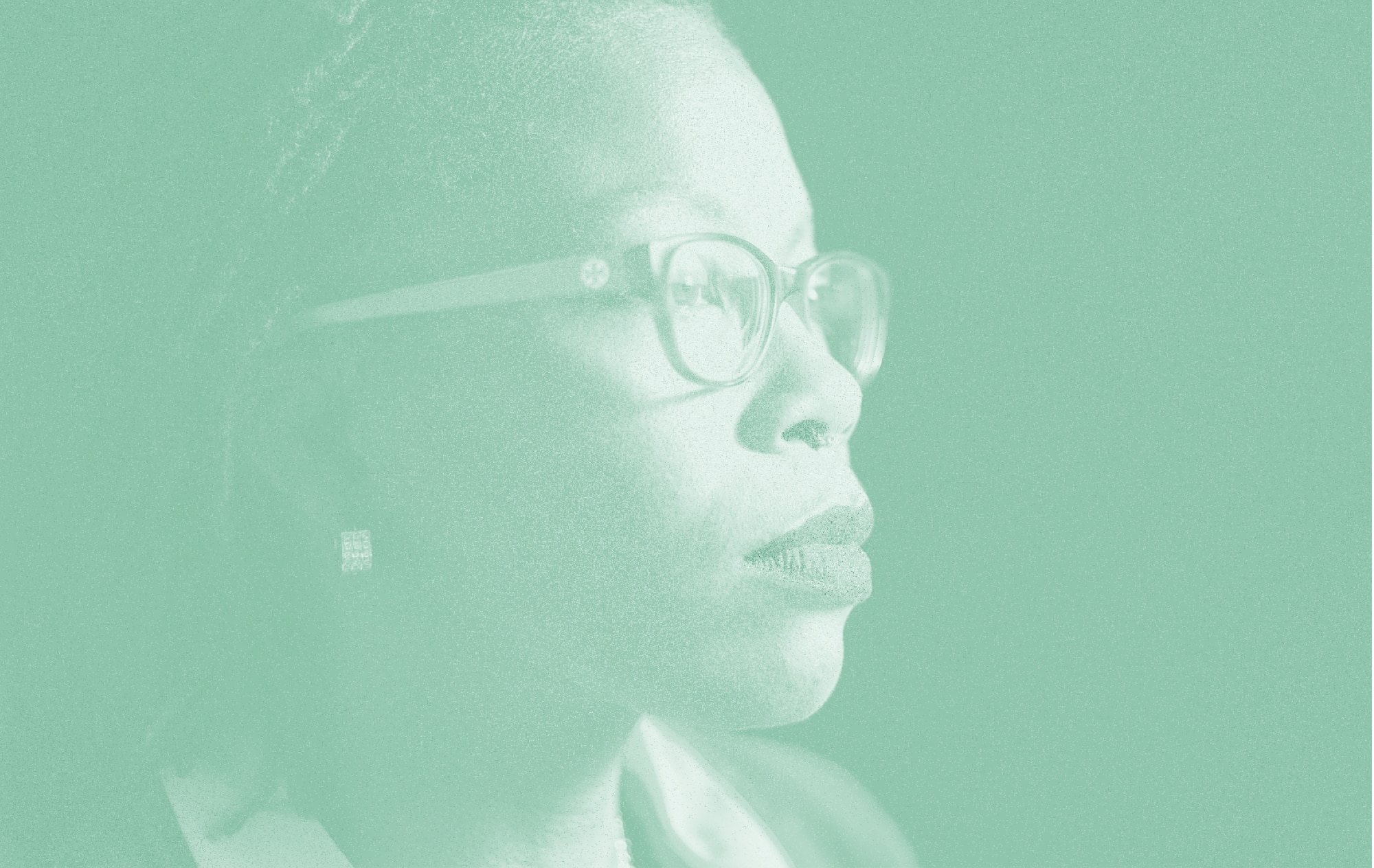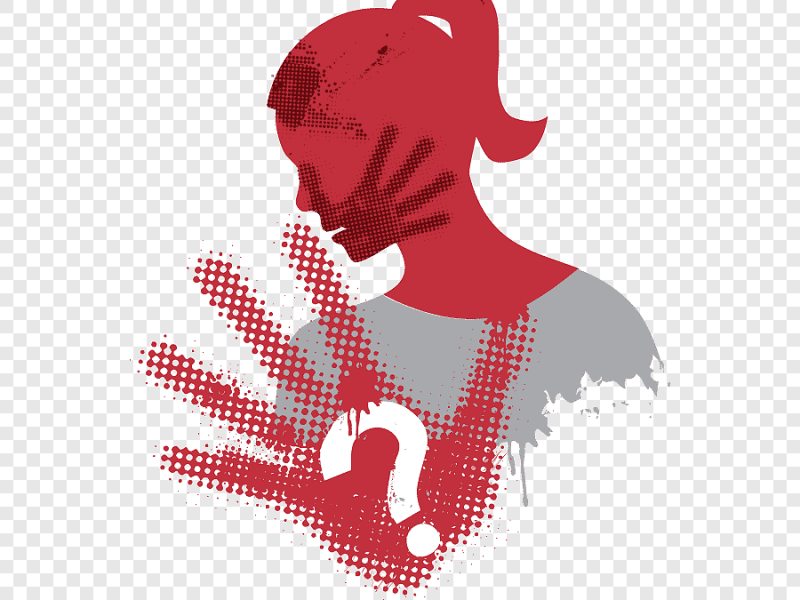
The Life Story: Moments of Change is a groundbreaking new website and film project supported by NoVo Foundation that shines a light on the stories and experiences of women in the sex trade—also referred to as “the Life”—in an effort to provide better solutions that can prevent all girls and all women, cis, trans, and gender non-conforming, from being exploited in the first place, as well as providing them with resources to help them exit the Life.
Understanding what survivors of the sex trade face is key to creating a better system, which is why, in this four-part series, I’ll illuminate the realities of the Life by sharing the stories of women who have courageously exited the sex trade and gone on to help other girls and women in the Life. My hope is that their personal experiences and insights—along with the in-depth data culled by TheLifeStory.org—will lead to awareness and, ultimately, change.
For the first piece in this series, we’ll start at the beginning: What circumstances and experiences in a girl’s childhood make her vulnerable to exploitation? What social systems fail to protect her and prevent her from traversing down the path toward the Life?
- Childhood Trauma

“The impact of trauma is greater than people know. When my trauma started, I was one or two.” -Quintecia, Survivor, Advocate and Service Provider
One of the most common factors that leaves a girl vulnerable to sex trafficking is experiencing some form of childhood trauma, which can include physical, emotional or sexual abuse, domestic violence, drug or alcohol abuse, abandonment, neglect, and spending time in foster care. In fact, research shows that adverse childhood experiences can be linked to sexual exploitation.
For many girls, trauma starts at an extremely young age, often by being born into generational trauma and/or generational prostitution. As Ne’cole, a survivor and service provider, explained, “My mother had so much trauma and so much sexual assault and so much abuse that she left home at seventeen and became a prostituted person.”
When children are born into a household where sex trafficking occurs, that behavior is normalized to the point where young girls don’t know that it’s not appropriate or safe. That’s what Quintecia, a survivor, advocate and service provider, experienced: “If my mom did it and my grandma did it and my brother does it—all these people in my family do it—it’s normalized. You don’t see any wrong in it.”

The same was true for Indigenous survivor and advocate Roxanne: “I witnessed sex trafficking as a child. I heard my family talk about it. I was conditioned through my childhood for trafficking. Everything pointed in that direction. My trafficker was [a family member].”
As a Yakama Nation Indian, Roxanne faced another common type of trauma that leaves girls more vulnerable: “I was born into generational trauma,” she explains. “My grandmother was a victim of the boarding school era. And if you want to go back 500 years, all of our ancestors were victims as far as being trafficked, sexually assaulted, murdered, raped, and sold…. That trauma is passed down from one generation to the next.”
Regardless of the type of trauma a girl experiences in early childhood, if left untreated, she may become more vulnerable to exploitation later in life.
The good news is that these girls—and their families—can heal with the right resources, support and treatment. We need systems and professionals that can intervene early and provide services to help them do so. Right now, many systems are not meeting the needs of trafficking survivors, but there are many opportunities for change.
Child care providers, health care providers, and child protective services—these types of professionals could be better trained to recognize signs of trauma and abuse so that they are able to step in. Girls could also be provided with access to therapy where they can get the help needed to treat the trauma before it worsens. And since the parents of these girls have often also experienced trauma, they need support and treatment as well. This means family-centered services are needed to help all members of the family in their journey toward healing.
Further, since marginalized communities often face discrimination and bias within the current social systems, steps need to be taken to ensure that everyone has equal access to these services—regardless of race or economic status.
- Foster Care and Group Homes
“The pimps hang out at the group homes. It sounds horrible, but they do. They know where the vulnerable are.” —Ne’cole, Survivor and Service Provider
When girls grow up in a household where there is trauma, they can face neglect or abandonment, which means they are more likely to end up in the foster care system. And instead of providing a safe, stable environment for these girls, living in foster homes too often leads to further traumatization. In turn, girls are more vulnerable than ever to sex trafficking. In fact, studies and practitioners have found that a majority of women in the sex trade were once in the child welfare system.
As Quintecia explains, “Group homes provide a service because they keep girls and boys off the streets, but the staff is overworked—there’s not enough staff and there are too many kids. So it was just like a place to sleep, literally. Group homes are where a high percentage of pimps pick up their girls—kidnap them and coerce them. When you don’t feel loved, when you don’t feel that anyone cares about you, especially people of color—Latino, African American—we don’t feel cared for by the system anyway. So when somebody says, ‘I can help get you out of this situation,’ we do it.”
Quintecia is correct about the foster care system being more difficult for girls of color. Girls from communities of color and Indigenous communities—groups that already face discrimination, bias, and lack of resources—are more likely than white girls to end up in foster care and are less likely to be reunited with their families.
How can we improve the foster care system to better serve these girls? The starting point is specialized trauma-informed training and education for foster parents and group home staff. Since these girls have already experienced significant trauma, they need more than just a place to sleep—they need a place to heal.
Ne’cole put it this way: “There should be trauma-informed care, stages-of-change and active-listening skills trainings for all caregivers. The foster care system needs to recognize these children are victims, provide the supportive services that they need and ensure the placements are safe. Follow up is crucial after a child is placed. Instead of being criminalized, girls should be offered exit and safety services.”
Another solution is to offer services designed to help stabilize the entire family so that the girl can return home to a safe and stable environment whenever possible. As Roxanne observed, “No stability sets the direction of your life in a lot of ways.” Being able to provide that stability could make all the difference for these girls.
- School
“[School] is one of the few other places where a young girl can receive outside help, education, and awareness.” —Roxanne, Indigenous Survivor and Advocate
For girls who have experienced trauma and grown up in unstable environments, school systems have great potential to provide structure, support, prevention, and intervention in order to stop exploitation before it starts. Unfortunately, schools often lack the resources and training to do this effectively and too many girls do not get the support they need.
The school system is yet another system that is harder on girls of color—especially black and Indigenous girls. They often end up being pushed out of a place that should be there to support them. Data shows that they are disproportionately punished with minor infractions, suspensions, expulsions or experiences with law enforcement. This often results in further trauma and increased vulnerability to exploitation.
Again, the solution here lies in more training and awareness for school staff. If teachers, counselors, and administrators understand what childhood trauma looks like and that it can lead to misbehavior in school, they’ll be able to offer girls trauma-informed, non-discriminatory support instead of punishment. They’ll also be trained to recognize abuse and signs of exploitation so that they can report it.
In addition to better training for school staff, students themselves need to be talked to and taught about sex trafficking. “Pimps glorify [sex], as do society, media, and peers. So you don’t even know that it’s not a safe situation. At some point, we need to start arming our schools with other types of education to combat that,” said Roxanne. “Learning the realities of [the sex trade] is really huge for our youth. Giving them more information is vital within our school system. Moving forward, that’s what we need to do.”
Kelsey, a high school health teacher in Oregon, couldn’t agree more. She has been teaching a new curriculum centered around sex trafficking and exploitation in her classrooms. “The curriculum’s geared toward prevention of people that could potentially be trafficked, which at my school is 100% of the kids,” she explained. “I feel like the classroom is just a perfect place to do that.”
Implementing more classes like Kelsey’s would help bring the often taboo topic of sex trafficking into the light to create more awareness and understanding. As Kelsey explained, “Studies show that students need to know things two years before the onset of a behavior. And quite frankly, fourteen and fifteen is too old to be first hearing about it. Exploitation in general, what it means, should be an ongoing conversation, I think, starting in elementary school…. It needs to be an ongoing conversation for years, even into adulthood, in order for this issue to really change.”
Examining these early childhood experiences shows us that all too often our current systems are failing to protect girls from trauma at an early age or help them heal from traumatic circumstances as they grow up, leaving them vulnerable to exploitation. Girls of color, and other marginalized girls who often face systemic discrimination in foster care systems, school systems and others, are even more at risk. As Ne’cole put it: “There’s a huge impact on our brown, black and indigenous people, more marginalized folks, dysfunctional family systems.”
More awareness around the realities of the sex trade for all members of society is crucial to help improve our social systems, increase resources, and eliminate bias and discrimination. After all, it is public perception—or misperception—that influences how these women and girls are treated and the systems and policies that we envision and create to help them.
Look for our next article in this four-part series that will explore the different ways in which girls and women enter the Life and solutions that could be implemented along the way to prevent it.
For more information on The Life Story: Moments of Change project, visit www.thelifestory.org
 Marianne Schnall is a widely-published interviewer and journalist and author of ‘What Will It Take to Make a Woman President? Conversations About Women, Leadership & Power’. She is also the co-founder and Executive Director of the women’s website and non-profit organization feminist.com(http://www.feminist.com), and co-founder of What Will It Take Movements (http://www.whatwillittake.com
Marianne Schnall is a widely-published interviewer and journalist and author of ‘What Will It Take to Make a Woman President? Conversations About Women, Leadership & Power’. She is also the co-founder and Executive Director of the women’s website and non-profit organization feminist.com(http://www.feminist.com), and co-founder of What Will It Take Movements (http://www.whatwillittake.com


